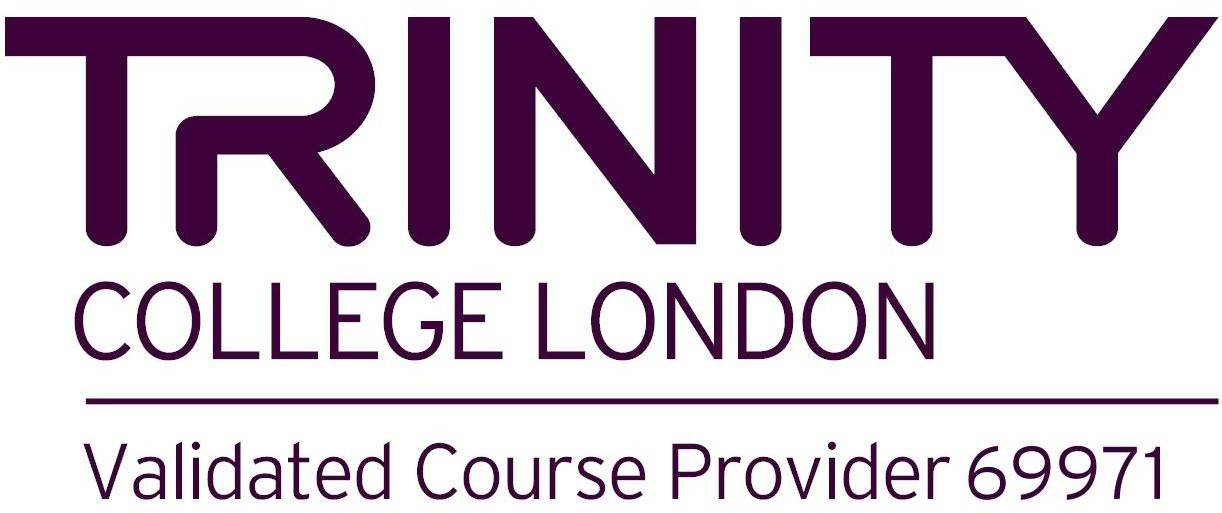The cash flow statement summarizes the amount of cash and cash equivalents entering and leaving a company. Closing entries ensure that all revenue, expenses, and related entries for the accounting period are properly accounted for. After these entries are made, a post-closing trial balance is prepared to verify that debits and credits are balanced before starting a new accounting cycle.
Preparing a Trail Balance
A trial balance doesn’t guarantee that your finances are completely free of mistakes. For example, a trial balance could equal even if a transaction isn’t journalized, or an entry is put in twice. This is a list of all of the accounts from the general ledger along with their balances.
Resources created by teachers for teachers
Instead, they can set up workflows in their program of choice to complete various parts of the process. Another perk of using accounting software is the reporting functionality that allows you to generate essential reports and analyze your company’s financial health easily. The accounting cycle is a holistic process that records a business’s transactions from start to finish, helping companies stay organized and efficient. The cycle incorporates all the organization’s accounts, including T-accounts, credits, debits, journal entries, financial statements and book closing. In the accounting cycle, the last step is to prepare a post-closing trial balance. It is prepared to test the equality of debits and credits after closing entries are made.
General Journal
For example, a personal loan made by a business owner that does not have anything to do with the business shall not be recorded in the books of the business. When the owner buy a personal car, it should also not be recorded as an asset of the business. Always watch for the separation of personal and business transactions. Technology has led to securing sensitive financial data breakthroughs. Contemporary accounting software comes with robust safety measures, including encryption, two-step verification, and secure cloud storage, which shield financial data from potential threats.
Adjusting entries are made for accrual of income, accrual of expenses, deferrals (income method or liability method), prepayments (asset method or expense method), depreciation, and allowances. A journal is a book – paper or electronic – wherein transactions are recorded. Also, this step would involve the preparation or collection of business documents, or as auditors would call them – source documents.
Debit is cash flowing into an account, and credit is cash flowing out of it. All financial transactions taken on by a company must be collected and analyzed. The analysis shows how the company’s advance rent: definition journal entry accounting treatment example financial health is being affected. Transactions are only analyzed if they are monetary and involve the business. The CEO’s personal finances will not be analyzed or recorded, for instance.
The last step in the accounting cycle is preparing financial statements—they’ll tell you where your money is and how it got there. It’s probably the biggest reason we go through all the trouble of the first five accounting cycle steps. In the first step of the accounting cycle, you’ll gather records of your business transactions—receipts, invoices, bank statements, things like that—for the current accounting period. These records are raw financial information that needs to be entered into your accounting system to be translated into something useful. After adjustments, there is a need to prepare a trial balance again that ensures that all credits and debits are equal.
- This expense is made for long-term assets, like vehicles or equipment.
- A business can conduct the accounting cycle monthly, quarterly or annually, depending on how often the company needs financial reports.
- This involves closing out temporary accounts, such as expenses and revenue and transferring the net income to permanent accounts like retained earnings.
- He’s a co-founder of Best Writing, an all-in-one platform connecting writers with businesses.
- A journal (also known as the book of original entry or general journal) is a record of all transactions.
The accounting cycle is a methodical set of rules that can help ensure the accuracy and conformity of financial statements. Computerized accounting systems and the uniform process of the accounting cycle have helped to reduce mathematical errors. As a small business owner, it’s essential to have a clear picture of your company’s financial health.
The net balance from the closed account will be transferred into the owner’s equity account. The only accounts that are allowed to carry a balance into each successive accounting period are the balance sheet accounts, which include assets, liabilities, and owner’s equity. The eighth step in the accounting cycle is journalizing and posting closing entries. The periodic expenses and income, along with the remaining balance of the income statement, are generally closed by passing closing entries after the financial statement has been prepared. After accountants and management analyze the balances on the unadjusted trial balance, they can then make end of period adjustments like depreciation expense and expense accruals. These adjusted journal entries are posted to the trial balance turning it into an adjusted trial balance.
He’s a co-founder of Best Writing, an all-in-one platform connecting writers with businesses. He has built multiple online businesses and helps startups and enterprises scale their content marketing operations. He worked with TIME, Observer, HuffPost, Adobe, Webflow, Envato, InVision, and BigCommerce. Moreover, if you have inaccurate information, you might inadvertently mislead your lenders, creditors and investors, which can have serious legal consequences. Finally, if your books are disorganized, you might provide inaccurate information when filing taxes.
The process occurs over one accounting period and will begin the cycle again in the following period. A period is one operating cycle of a business, which could be a month, quarter, or year. Obviously, business transactions occur and numerous journal entries are recording during one period. Double-entry accounting is ideal for businesses that create all the major accounting reports, including the balance sheet, cash flow statement and income statement.
This step is crucial for detecting errors and reconciling revenue and expenses, especially in accrual accounting. If any discrepancies are found, adjustments need to be made before preparing for the next steps in the accounting cycle. Once all the nine steps are performed and the financial statements are analyzed, the business owner may realize they need to shut down their business.
Subsequent steps are necessary to prepare the accounts for the next accounting period (steps 8-9). Accountants first need to gather information about business transactions, then record and collate them to come up with values to be reported (steps 1-6 in the accounting cycle). Financial information is ultimately presented in reports called financial statements (step 7). Temporary accounts like revenue and expense accounts are closed to begin the next accounting period with a zero balance.
Since Cynthia’s company utilizes an accrual accounting method, income is recognized when earned, and expenses are recognized when incurred. This means that Cynthia will record income even if the company hasn’t received https://www.bookkeeping-reviews.com/ the money, and she will record expenses even if the company has yet to pay the bill. Cynthia needs to make sure that all income earned and expenses incurred are recorded before she proceeds to the next step.
However, knowing and using the steps manually can be essential for small business accountants working on the books with minimal technical support. To fully understand the accounting cycle, it’s important to have a solid understanding of the basic accounting principles. You need to know about revenue recognition (when a company can record sales revenue), the matching principle (matching expenses to revenues), and the accrual principle. You can use Deskera to integrate directly with your bank account or multiple bank accounts. This means that when you make an expense or payment, the software automatically creates a journal entry and adds it to the appropriate ledger account.
Now that you’re done with making adjusting entries, it’s time to put them in a new trial balance. This is once again done to prove that debits and credits balance in the end. Adjusting entries are made at the end of an accounting period to adjust those accounts that need to be updated or adjusted. Adjustments include the recording of depreciation expense, the gradual release of prepayments, and the recording of earned revenue from unearned revenues at the end.
Use of a checklist with deadlines in the accounting cycle improves accountability and process management. For organizations seeking to optimize their financial closing processes, HighRadius’s Financial Close Management is an indispensable tool. It transforms the accounting cycle by amalgamating automation, anomaly detection, and structured project planning. Utilizing the Month End Close Checklist, organizations gain access to a detailed project plan guiding accounting teams through all necessary tasks for a seamless month-end close. This checklist comprises templates and support documents, offering a structured framework for efficient and error-free closing processes.
All account balances are extracted from the ledger and arranged in one report. One of the main duties of a bookkeeper is to keep track of the full accounting cycle from start to finish. The cycle repeats itself every fiscal year as long as a company remains in business. Cynthia will next make any necessary adjustments to bring accounts and balances up to date.
Regardless, most bookkeepers will have an awareness of the company’s financial position from day to day. Overall, determining the amount of time for each accounting cycle is important because it sets specific dates for opening and closing. Once an accounting cycle closes, a new cycle begins, restarting the eight-step accounting process all over again. The fundamental concepts above will enable you to construct an income statement, balance sheet, and cash flow statement, which are the most important steps in the accounting cycle.
The financial statements generated through the accounting cycle will be used by management to determine the financial position of the business and as a tool for decision making. The accounting cycle is important because the reports generated during the accounting cycle are then used by management to make decisions regarding the operation of the business. Some accountants prefer to make a reversing entry at the start of the following accounting period in order to reverse specific adjusting entries.

